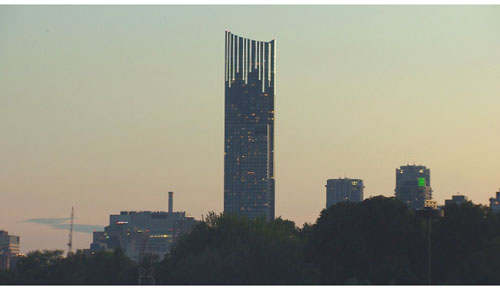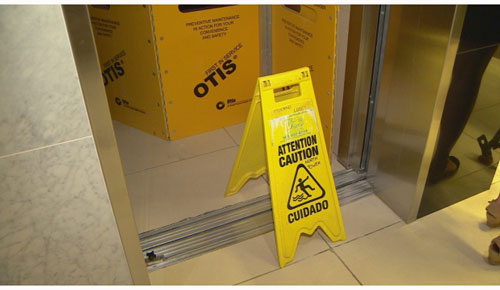|
Downed elevators plague Aura condo, residents say |
|
What happens when lifts stop running at one of Toronto's tallest condos? |
|
Out-of-service elevators at condo 'not ideal,' but not a safety hazard, city says |
| Toronto eyes time limit for elevator repairs |
Residents frustrated with days-long power outage at 2 downtown condos
|


